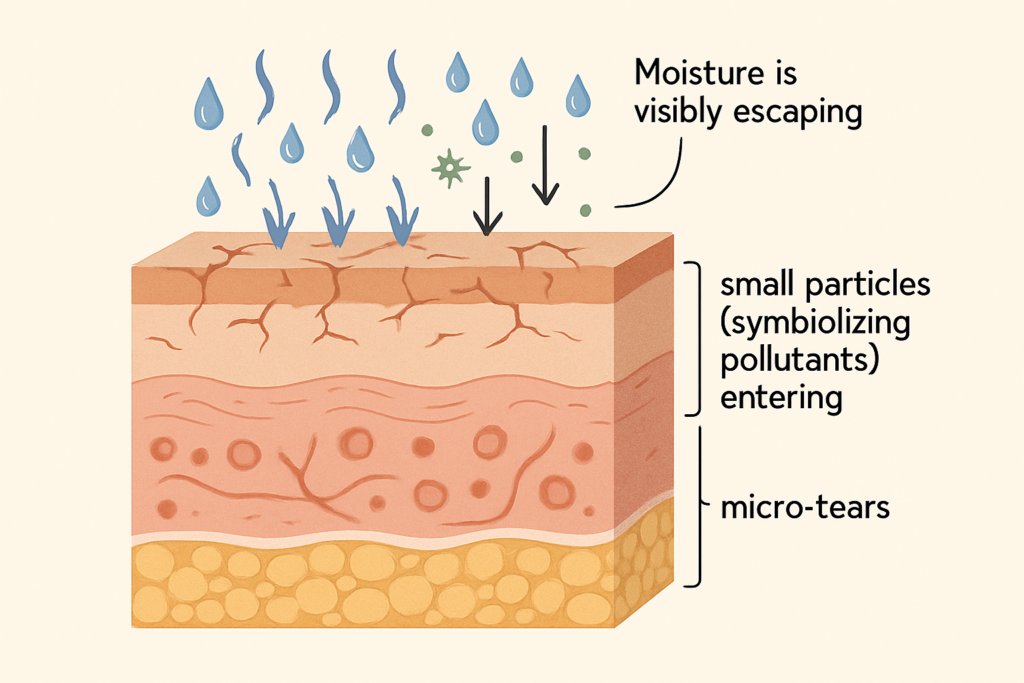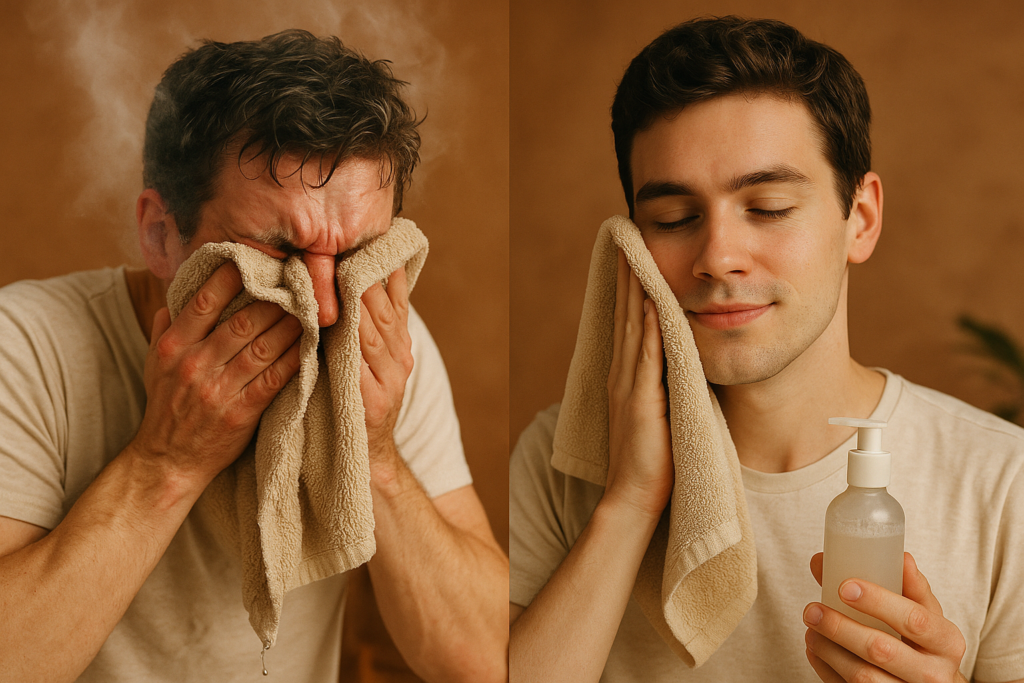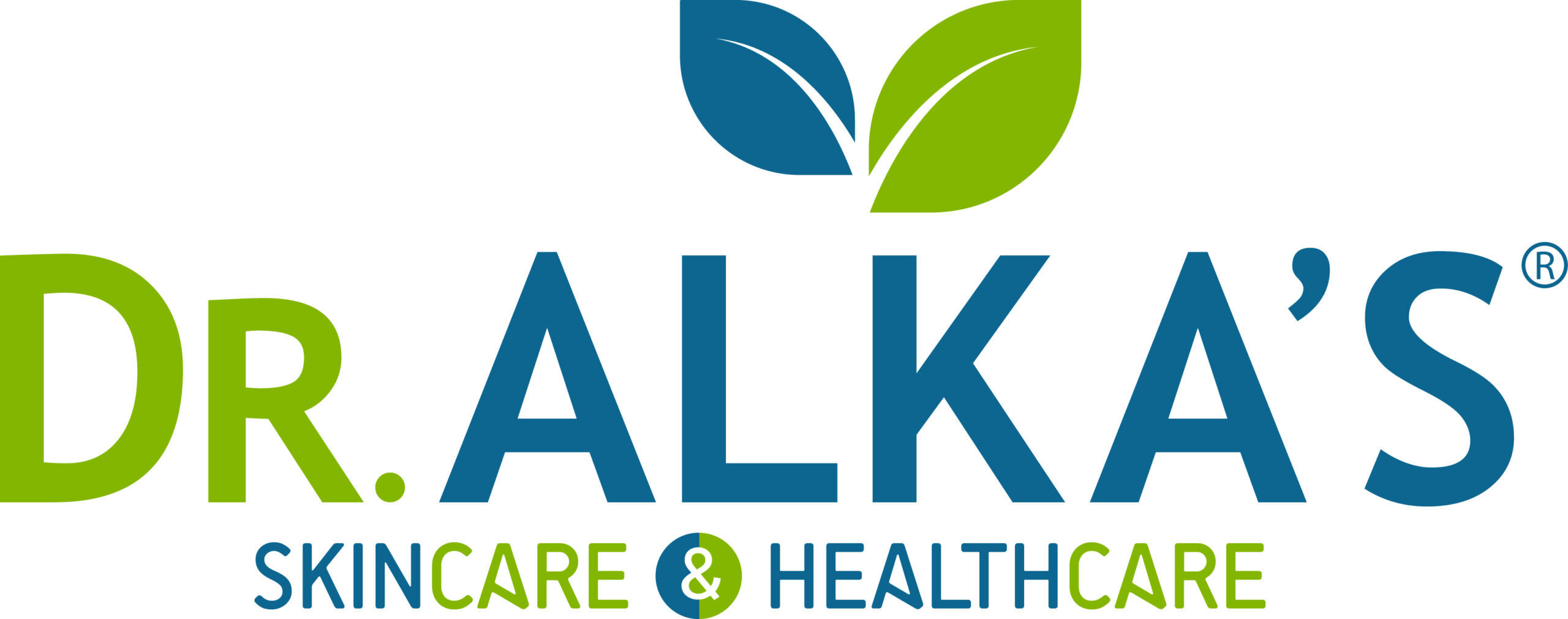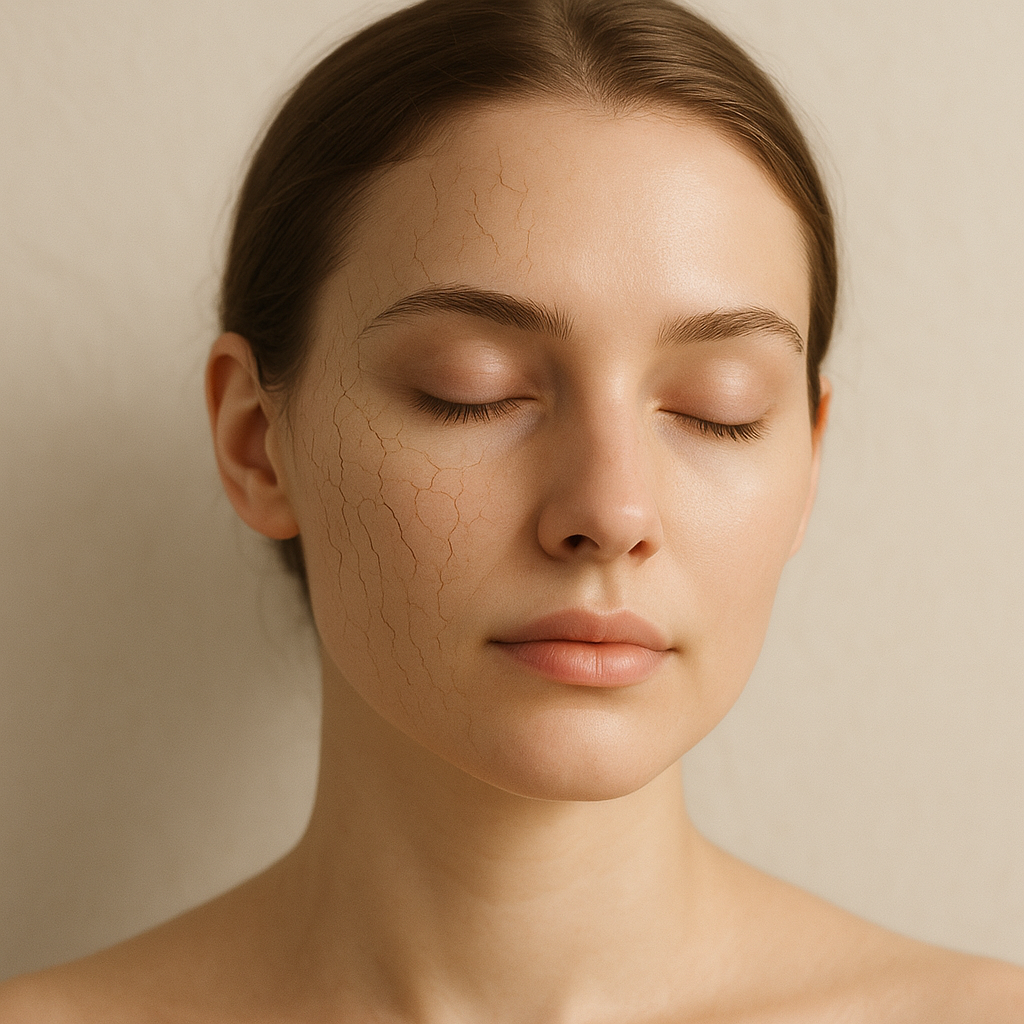We often talk about acne, dark spots, or wrinkles when it comes to skincare concerns, because they’re the most visible and widely discussed issues. But one of the most damaging skin problems doesn’t make itself known so easily—it works in silence. Micro-tears—tiny, often unnoticed injuries—can slowly and consistently compromise your skin barrier and overall health without causing immediate alarm. They don’t announce themselves dramatically like a breakout or rash, but their subtle impact can accumulate, leaving your skin vulnerable, reactive, and fatigued over time.
What Are Micro-Tears?
Micro-tears are small, surface-level injuries to the skin barrier that usually occur as a result of physical stress (like friction or over-washing) or environmental exposure (such as harsh weather or pollution). Though they are too small to be seen with the naked eye, their effects on your skin’s protective layer can be significant and long-lasting. Once the barrier is compromised, moisture escapes more easily, and irritants such as allergens or bacteria can penetrate deeper into the skin. This can lead to increased sensitivity, dullness, inflammation, and breakouts that seem to appear out of nowhere. As these injuries accumulate, your skin becomes less resilient—more reactive, slower to heal, and more difficult to manage with regular routines.

How to Know If You Have Micro-Tears
You won’t see these injuries directly, but your skin will show signs. If your skincare routine suddenly stops working or your skin feels “off” for no obvious reason, micro-damage may be the cause. Look out for:
- Persistent redness or stinging
- Tightness and dry patches despite moisturising
- A dull or uneven tone
- Delayed healing of small blemishes or cuts
These are all quiet signals that your skin barrier might be weakened.

How Everyday Habits Might Be Harming Your Skin
The causes of micro-tears are often hidden in everyday routines we don’t think twice about. Actions meant to help can unintentionally cause harm:
- Washing your face with hot water strips protective oils
- Rubbing skin with a towel creates friction
- Over-exfoliating or using harsh scrubs weakens the barrier
- Constantly touching your face transfers dirt and bacteria
- Long hours in front of screens expose skin to blue light
When combined, these habits chip away at the skin’s defenses, leaving it vulnerable.

So What Can You Do About It?
The good news is that micro-tears can heal—if you let your skin breathe and recover. Start by simplifying your routine. Use gentle cleansers, apply soothing serums, and avoid constantly introducing new actives. Ingredients like ceramides, niacinamide, and panthenol are known for rebuilding the skin barrier.
Small changes make a big difference:
- Use lukewarm water instead of hot
- Pat skin dry instead of rubbing
- Take breaks from exfoliating
- Let your skin rest between product trials
Let healing become the goal—not just instant results.

Healing Isn’t Just About Skincare
Your skin is a mirror of your lifestyle. Lack of sleep, chronic stress, and dehydration all lower the skin’s ability to repair. For true, lasting radiance:
- Prioritise quality sleep
- Stay hydrated throughout the day
- Eat foods rich in healthy fats, vitamins, and antioxidants
- Manage stress through breathing, movement, or mindfulness
Topical care helps—but without internal balance, it can only go so far.
Final Thoughts: Your Skin Isn’t Weak—It’s Just Tired
If your skin feels irritated, unpredictable, or less radiant than before, maybe it’s not about needing more products—but about needing less damage. Micro-tears may be silent, but they leave visible signs. The answer isn’t aggression, but understanding. Your skin doesn’t need punishment—it needs peace.


